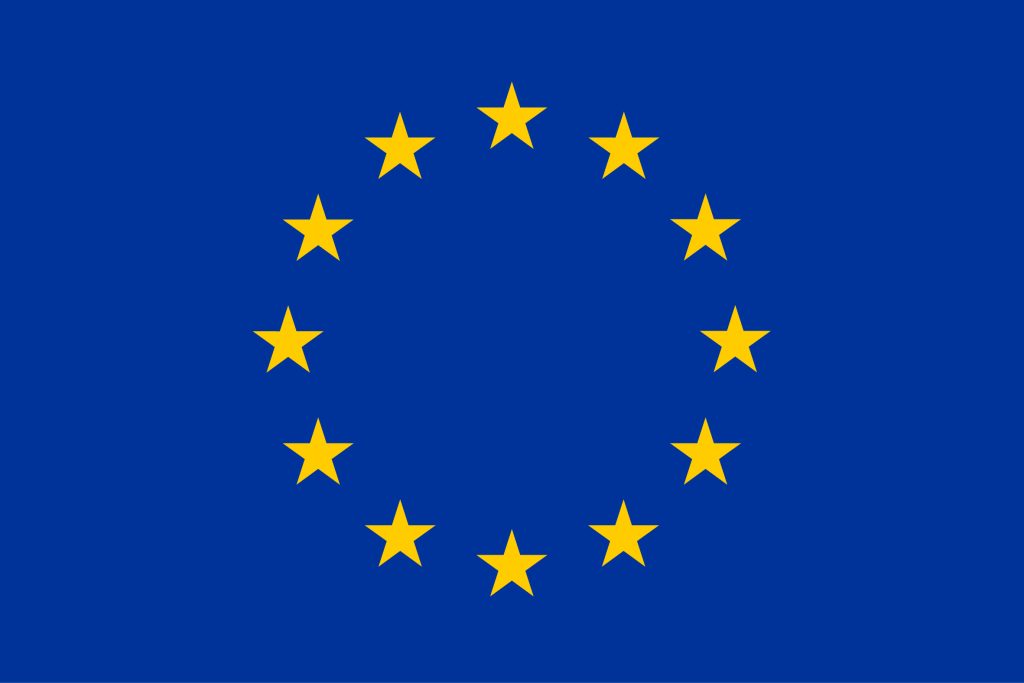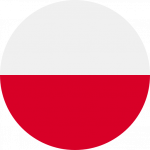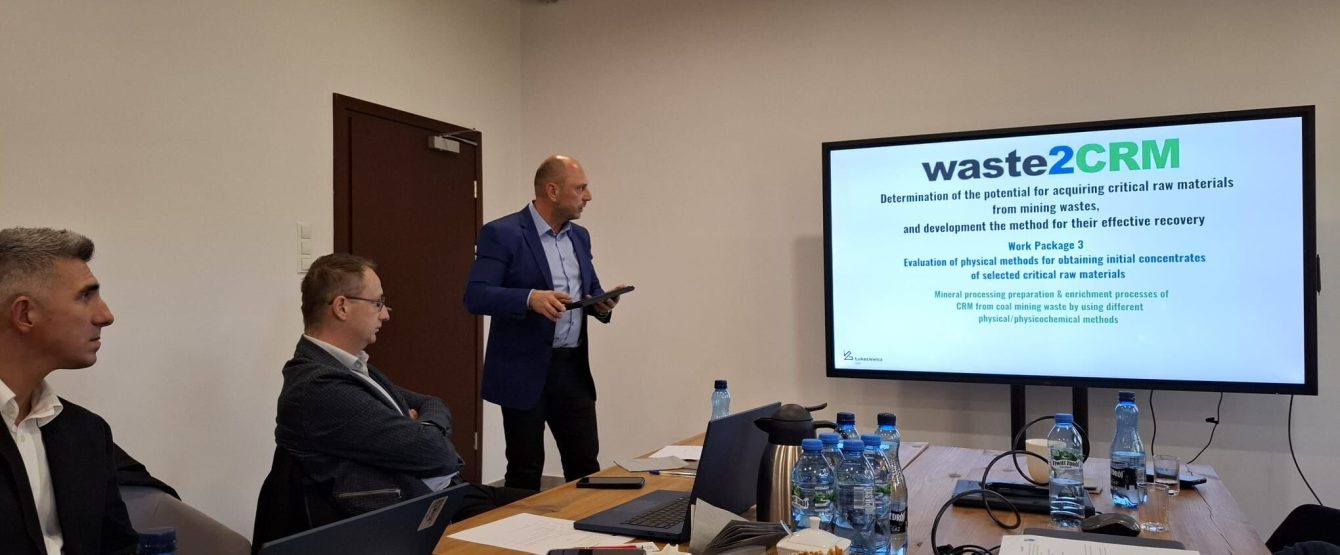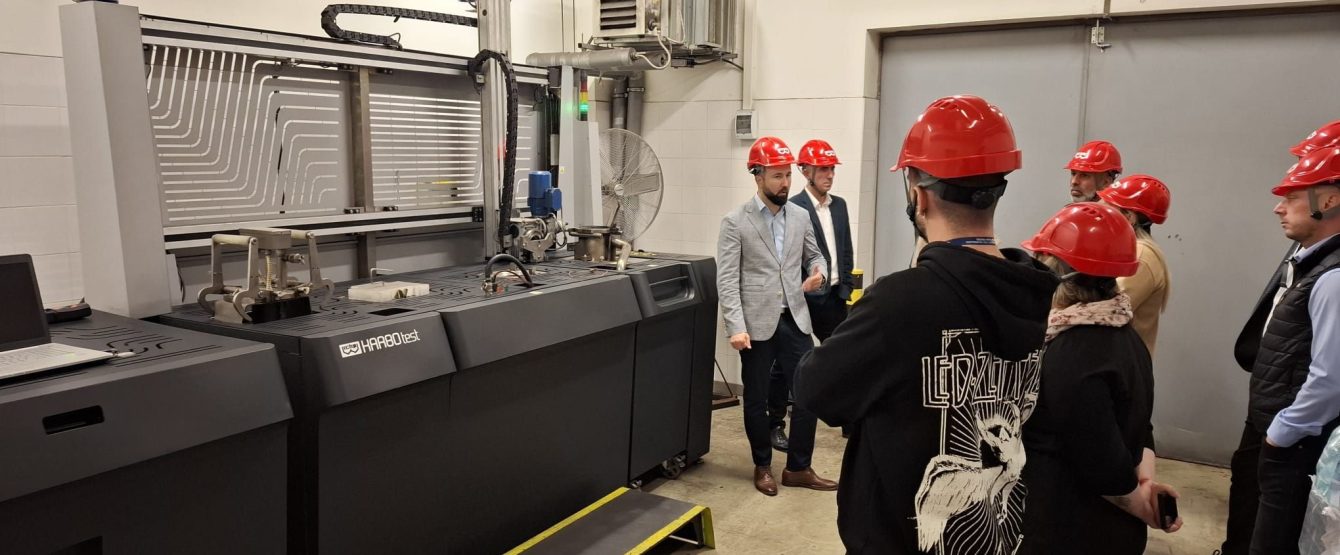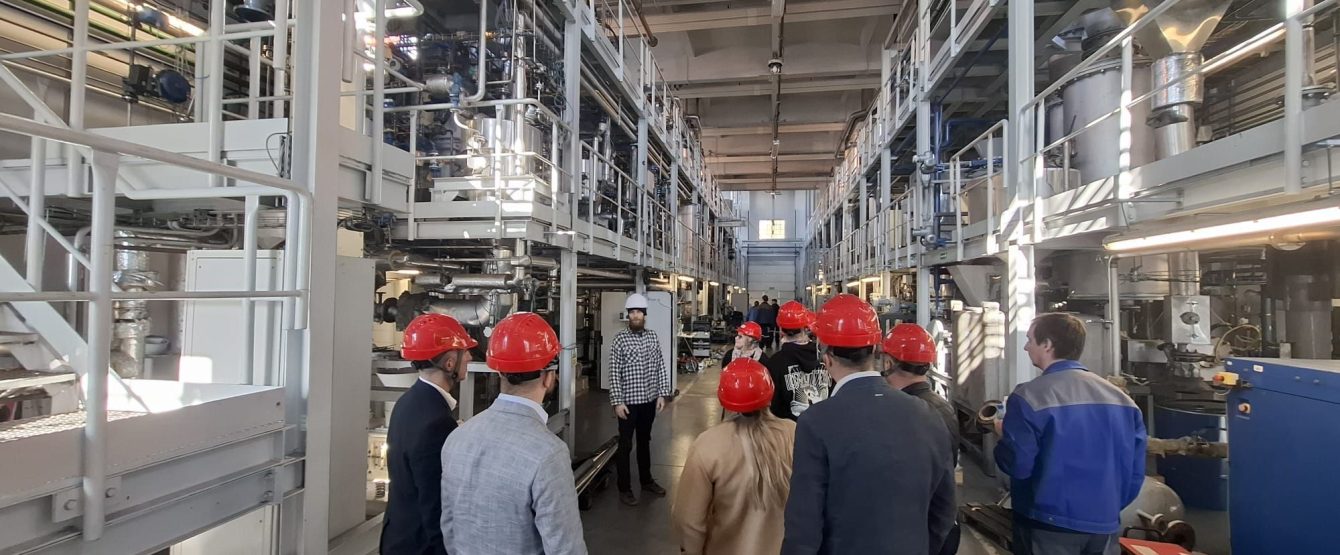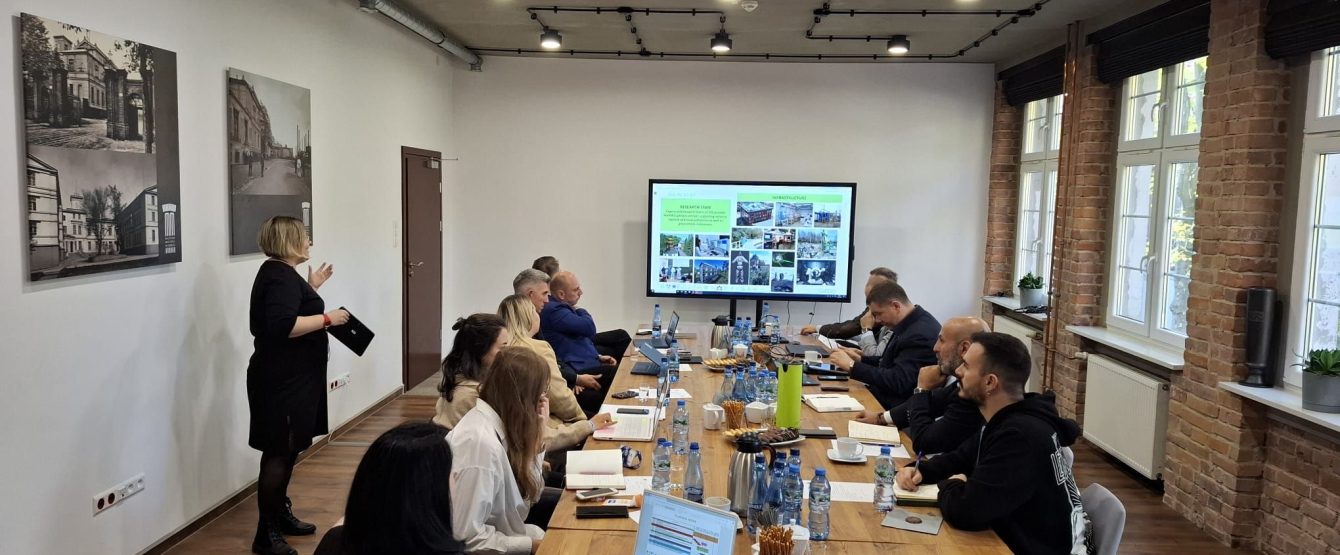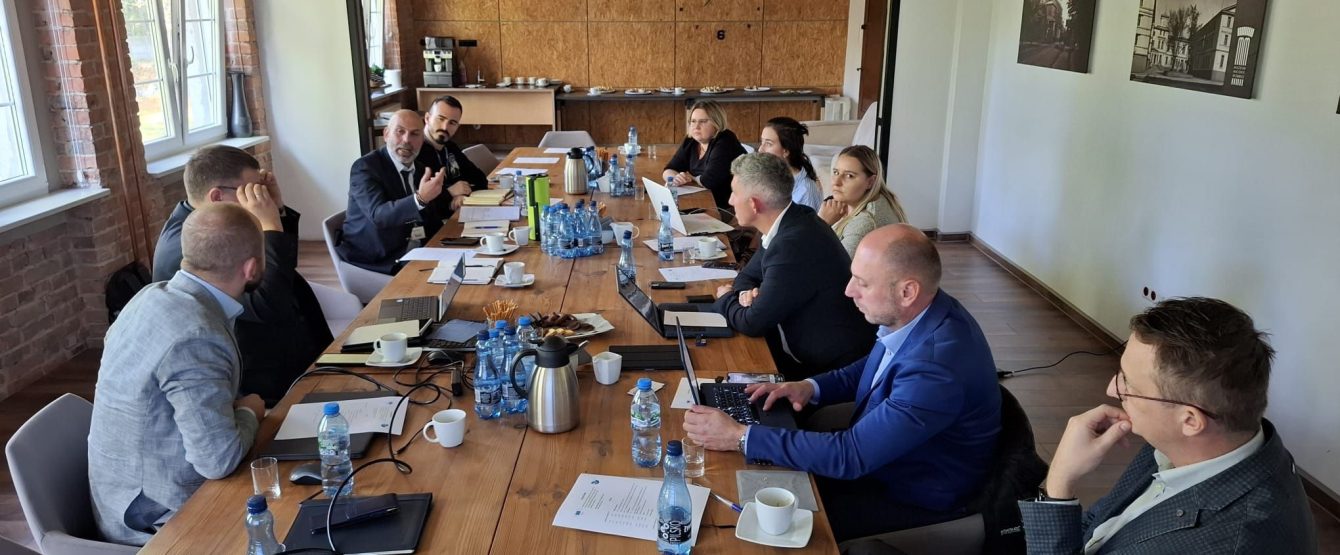-
First technical progress meeting of Waste2CRM project!
On July 2–3, 2025, the project meeting for “Determination of the potential for acquiring critical raw materials from mining wastes, and development of the method for their effective recovery” Waste2CRM – co-funded by the Research Fund for Coal and Steel – took place at Główny Instytut Górnictwa – Państwowy Instytut Badawczy
All project partners were present:- Główny Instytut Górnictwa – Państwowy Instytut Badawczy (host),
- Instytut Technologii Paliw i Energii (ITPE),
- Łukasiewicz – Instytut Metali Nieżelaznych (IMN),
- SYSTRA Subterra
- UPatras SEG
The meeting focused on reviewing the current progress of the project, presenting key conclusions from the implementation of Work Package 2 (WP2), and planning and coordinating the next stages of work.
A highlight of the meeting was a technical field trip to JSW KWK Budryk, the deepest active hard coal mine in Europe. Participants had the opportunity to observe the various stages of coking coal extraction and witness the challenging working conditions underground, including seeing a shearer in operation at the coal face.
For many attendees, it was their first-ever descent underground – and straight to a depth of 1290 meters! An unforgettable and eye-opening experience.
Thank you to all partners for your active contributions and continued collaboration!Thanks to our host, the Central Mining Institute GIG for unforgettable memories!
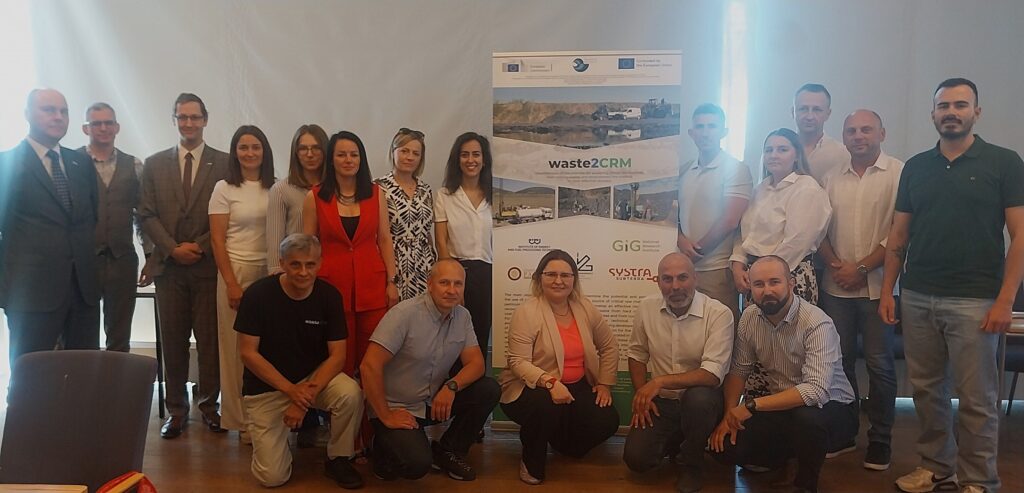
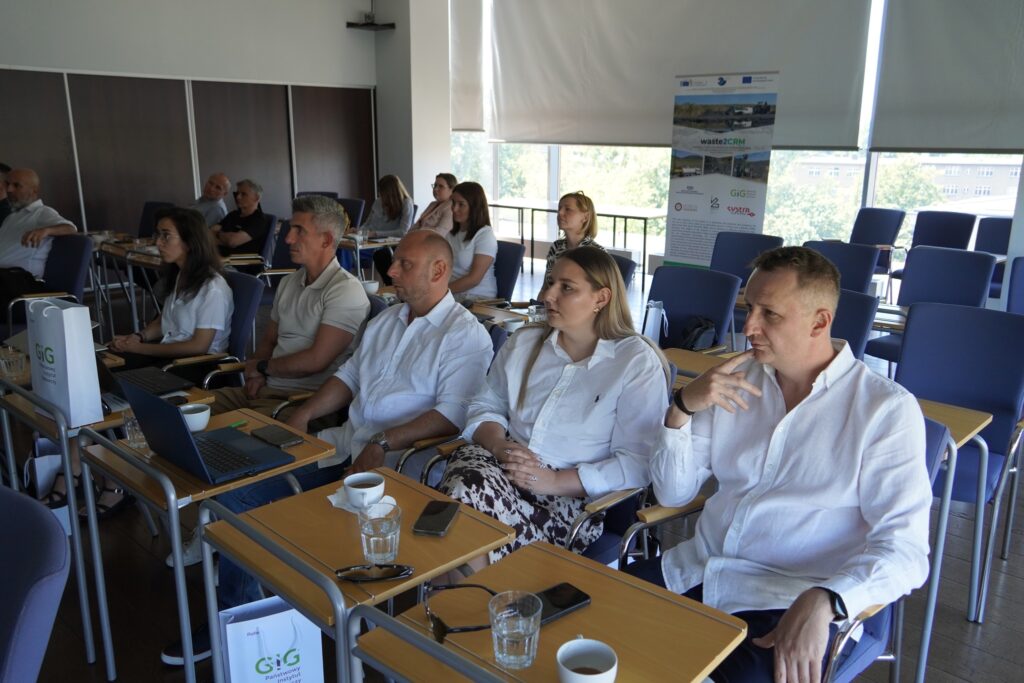
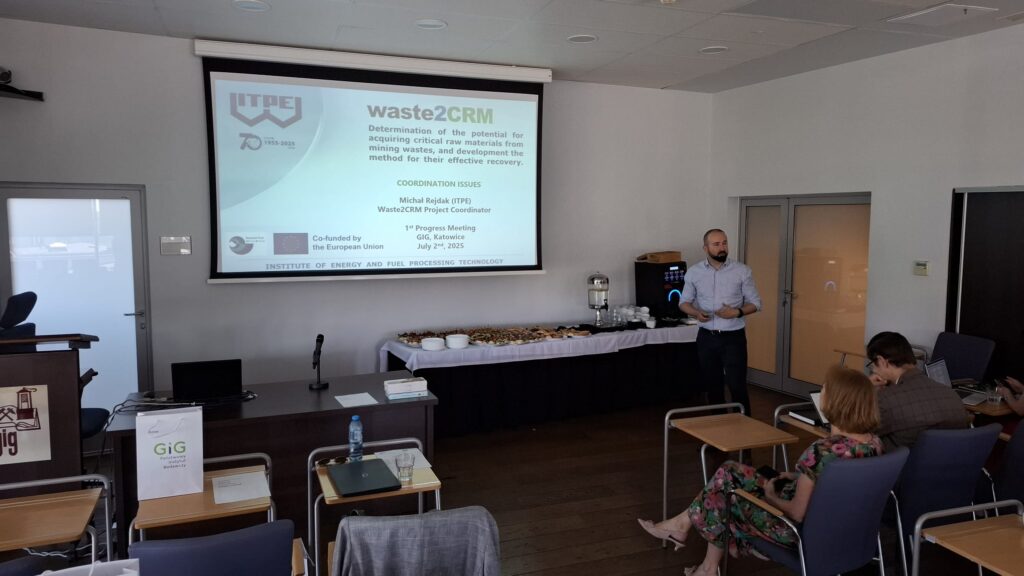
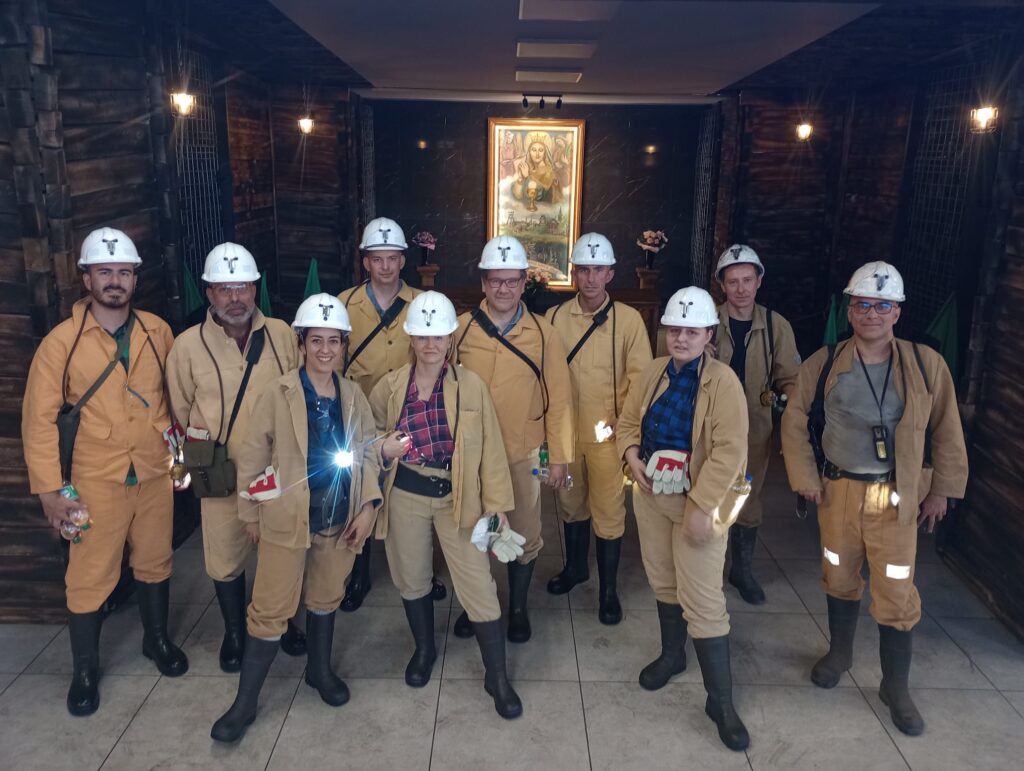
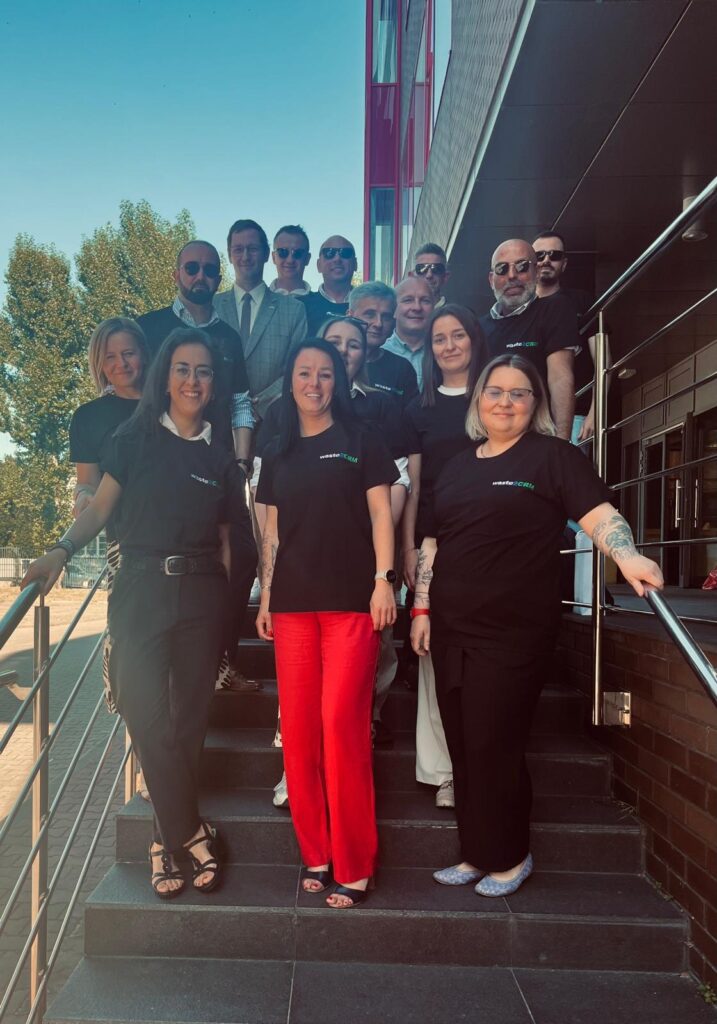
-
Waste2CRM at the TGK1 & TGK2 Annual Meeting – RFCS 2025
We were pleased to take part in the annual joint meeting of the TGK1 & TGK2 Technical Groups, held under the EU’s Research Executive Agency (REA) within the RFCS – Research Fund for Coal and Steel.
The event was kindly hosted by the Technical Univewristy of Crete (Greece)
Alongside 11 European Research Executive Agency (REA) under the RFCS, we had the opportunity to:
🔹 Share insights on innovative technologies for resource recovery, post-mining land use, and industrial green transition
🔹 Join policy-oriented discussions on aligning research with the goals of the European Green Deal
🔹 Participate in a strategic roundtable on societal impact, industrial scalability, and cross-programme synergies
A valuable platform to exchange knowledge, build partnerships, and contribute to the sustainable transformation of Europe’s industrial landscape.
Many thanks to the whole organizing team for the smooth coordination and for creating such an engaging and collaborative atmosphere throughout the event!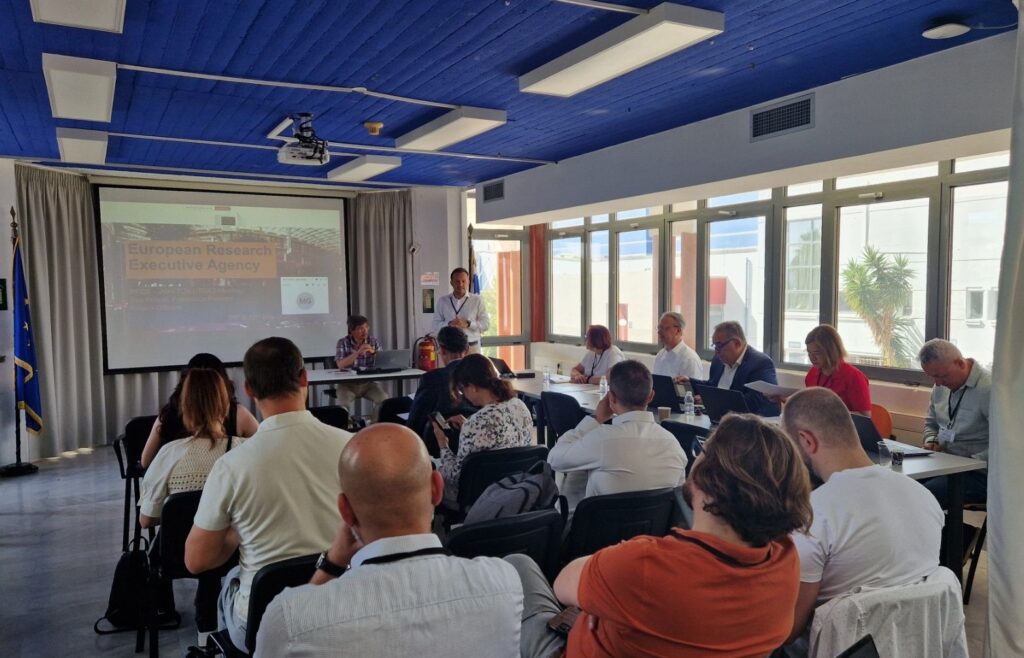
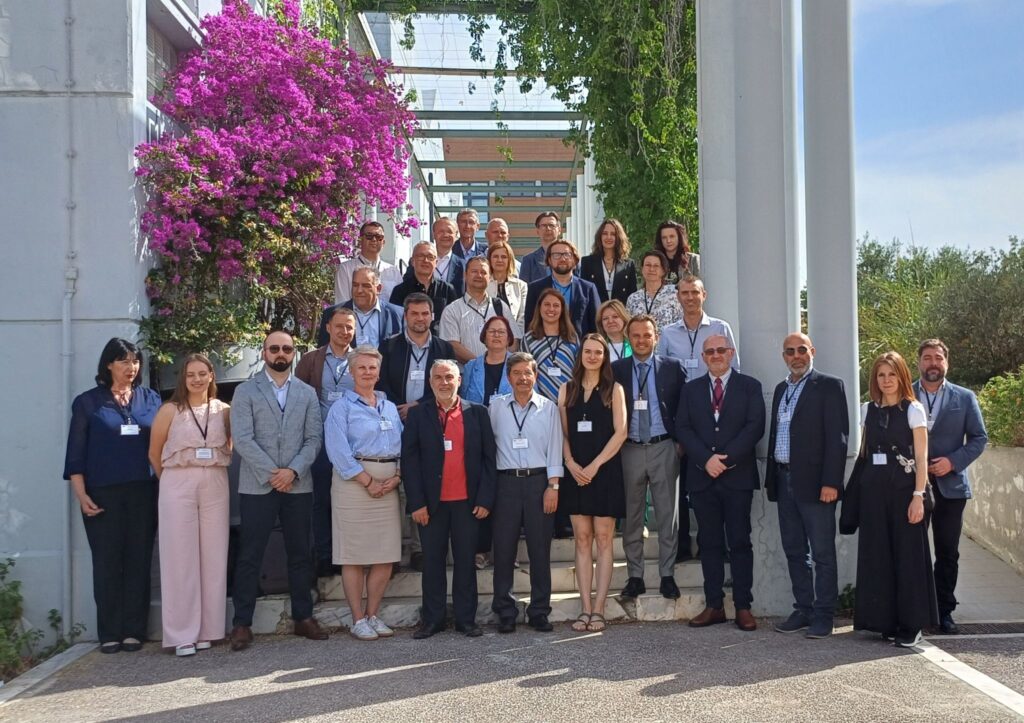
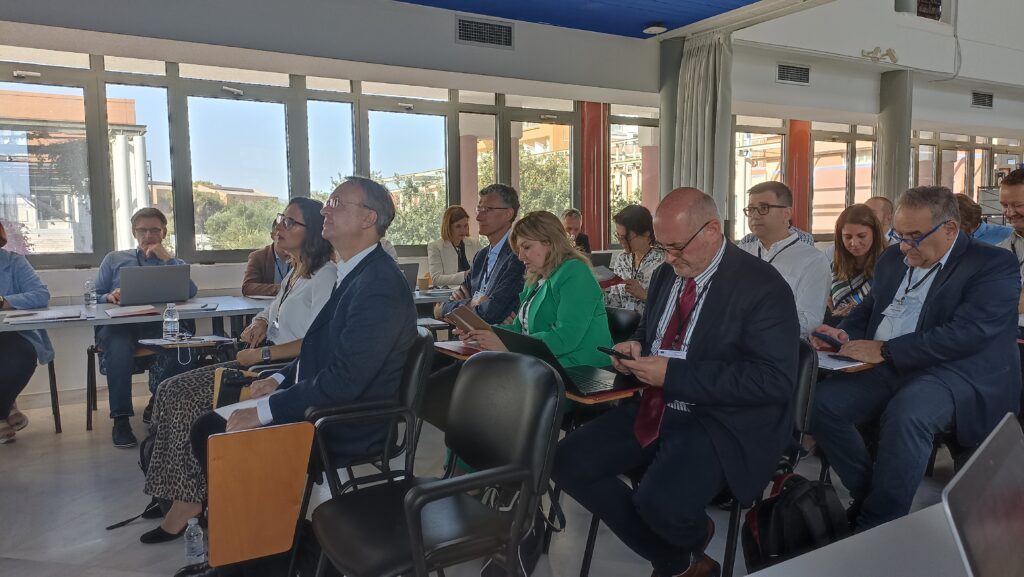
-
Unlocking Hidden Resources: Turning Coal Waste into Critical Raw Materials
As part of the European Waste2CRM project, funded under the RFCS program by the European Commission, members of the SYSTRA Subterra R&D team — Amanda Gomez Marfil and Beatriz García Bernabéu — visited the facilities of Fundación Santa Bárbara.
During the visit, they collected samples from two coal waste dumps located in Laciana and El Bierzo (León, Spain).
The Waste2CRM project focuses on valorizing coal waste by exploring its potential to contain critical raw materials and developing effective recovery methods.
Through applied engineering, we are advancing sustainability, circular economy principles, and the green transition.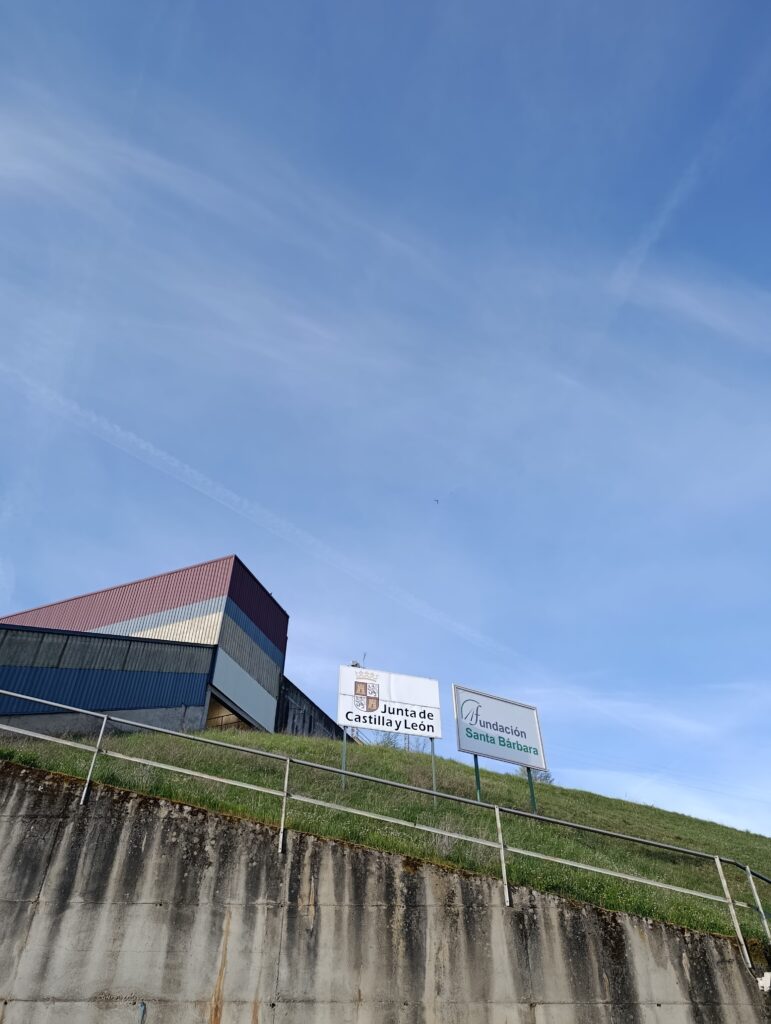
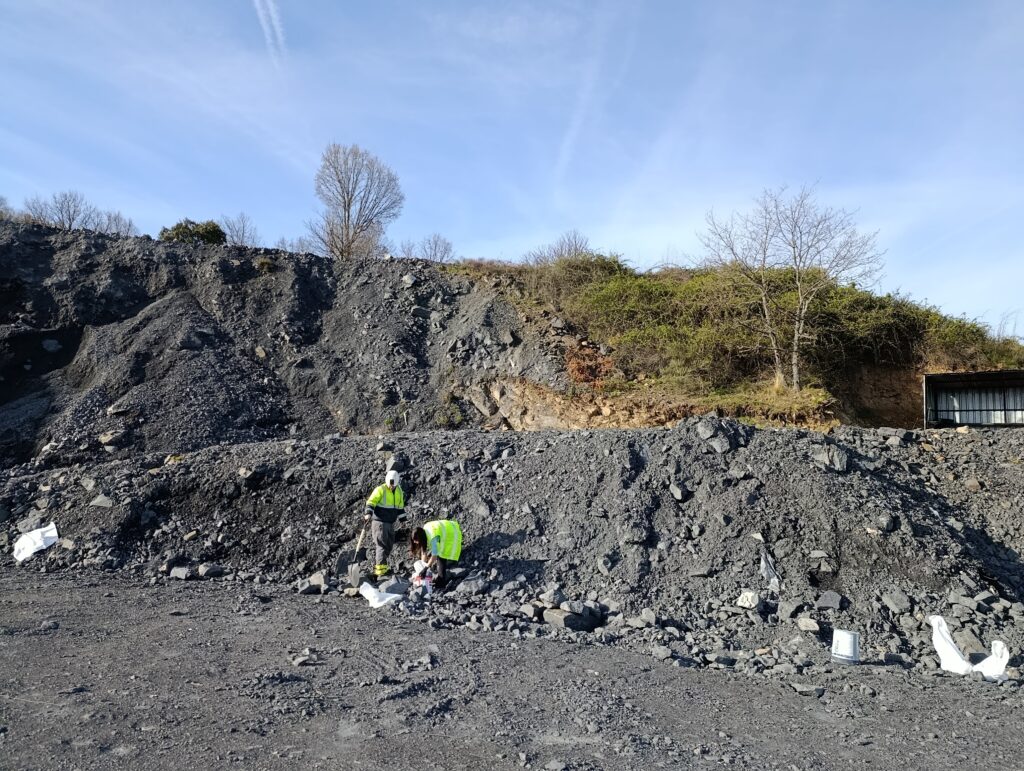
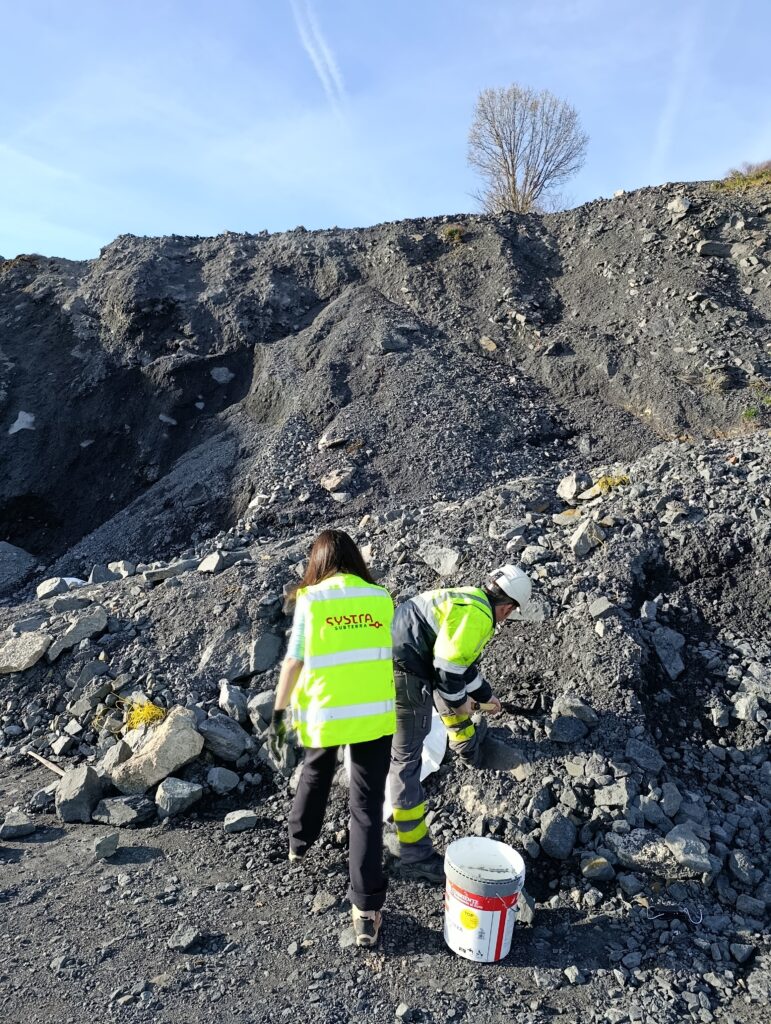
-
Kick-off meeting of Waste2CRM project
On October 21st, the Institute of Energy and Fuel Processing Technology in Zabrze hosted the Kick-off meeting on the waste2CRM project. The meeting was attended by representatives of all project partners. In addition to discussing important issues related to the course of work within the project, guests had the opportunity to see the research infrastructure of the Institute.
-
THE Waste2CRM project launched!
At the beginning of September 2024, a new R&D project has been launched under The Research Fund for Coal and Steel (RFCS), entitled: “Determination of the potential for acquiring critical raw materials from mining wastes, and the development of the method for their effective recovery” (acronym: Waste2CRM)
RFCS is a EU funding programme supporting research projects in the coal and steel sectors.
The subject of the research will be mining waste from hard coal and lignite mines stored in post-mining dumps (coal waste heaps).
Critical raw materials are materials necessary for developing the European Union economy, used in many sectors of the economy, such as: renewable energy, electronics, space, telecommunications, automotive, medical and defence industries. Due to their strategic importance, the European Commission has developed a list of critical raw materials for the EU, which is regularly revised and updated. It includes, among others: elements such as lithium, antimony, beryllium, cobalt, indium, gallium, germanium, magnesium, niobium, tantalum, tungsten, platinum group metals such as platinum, palladium, iridium, rhodium, ruthenium, osmium and rare earth metals, namely: yttrium, scandium and lanthanides, especially neodymium and dysprosium.
The project aims to determine the potential and prospects for using mining waste as an alternative source of critical raw materials, as well as to develop a methodology for their effective recovery. The subject of the research will be mining waste deposited in mine dumps, originating from hard coal mining. Thanks to cooperation with foreign entities, the database will also be supplemented with waste from Greece and Spain, including waste from brown coal (lignite). The international consortium implementing the project includes research entities from Poland, including the Institute of Energy and Fuel Processing Technology in Zabrze, which acts as the coordinator, the Central Mining Institute – State Research Institute, the Łukasiewicz Research Network – Institute of Non-Ferrous Metals, as well as the Laboratory of the Economic Geology from the University of Patras in Greece and Systra Subterra in Spain.

